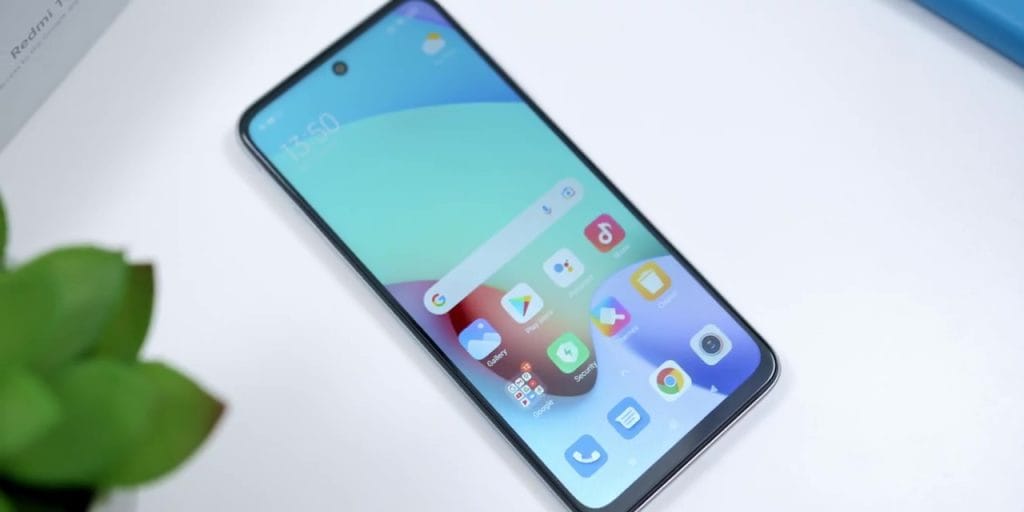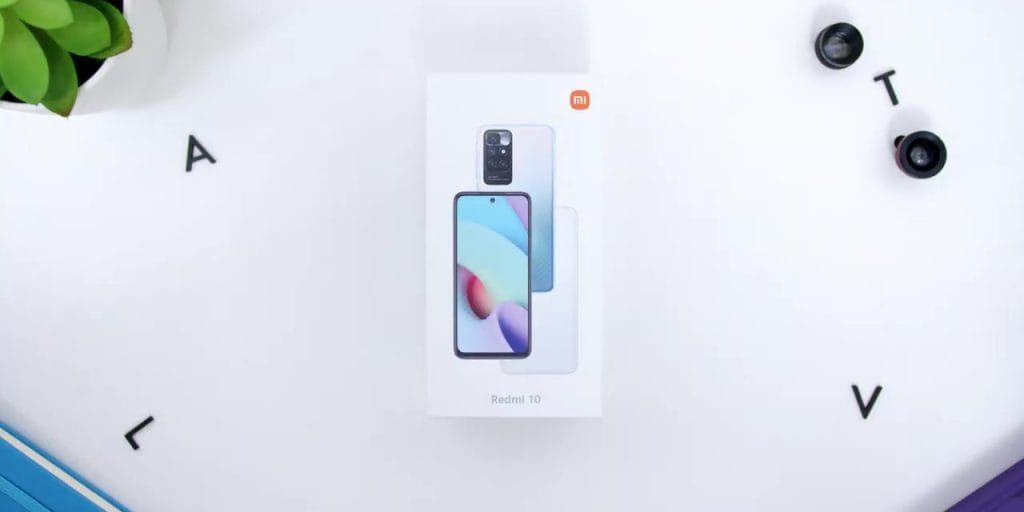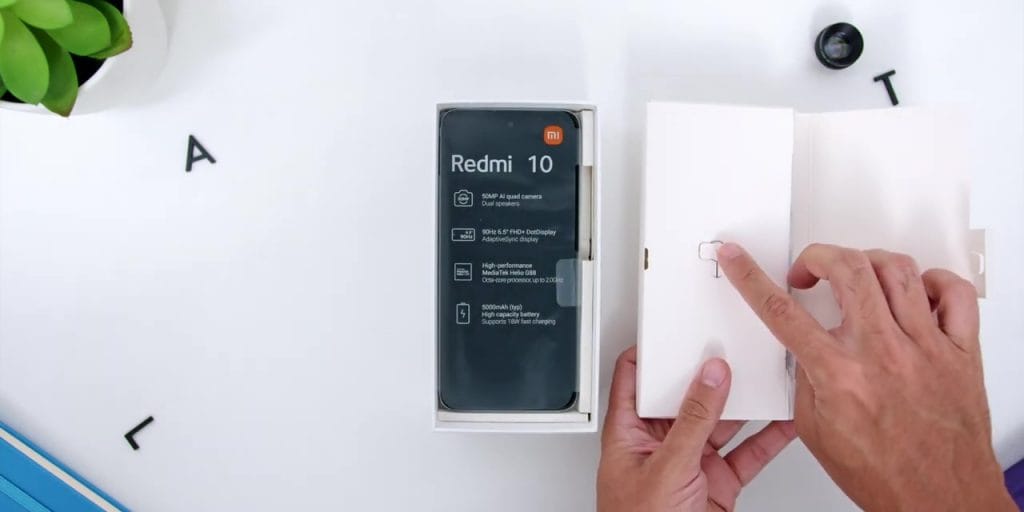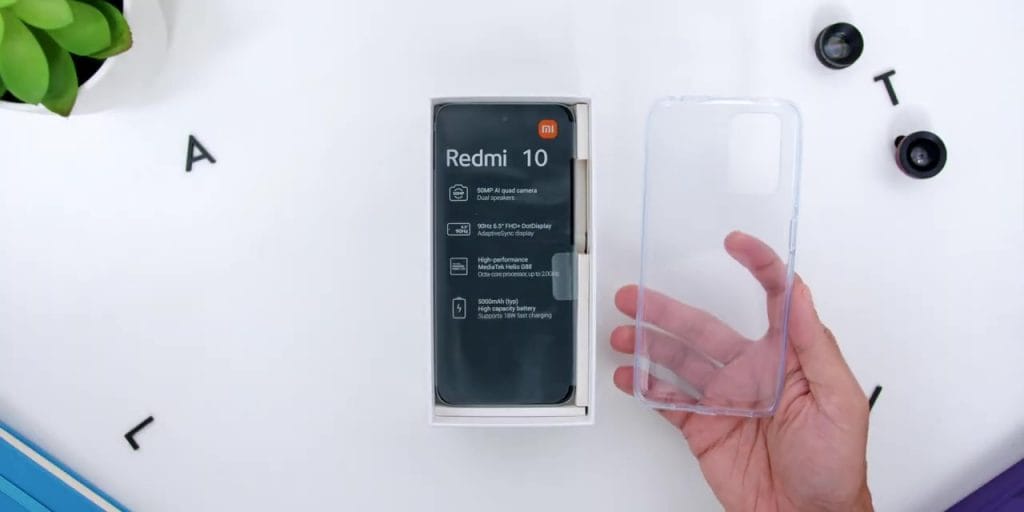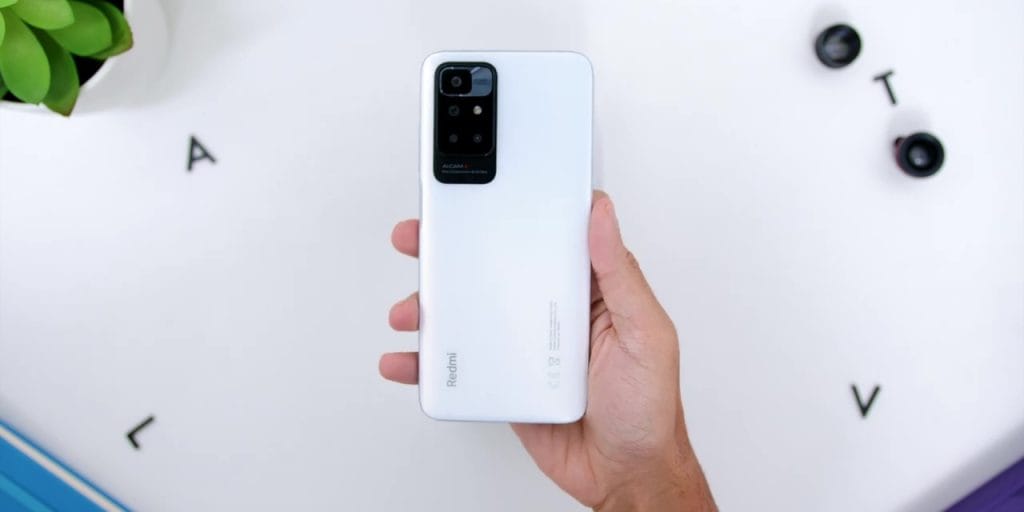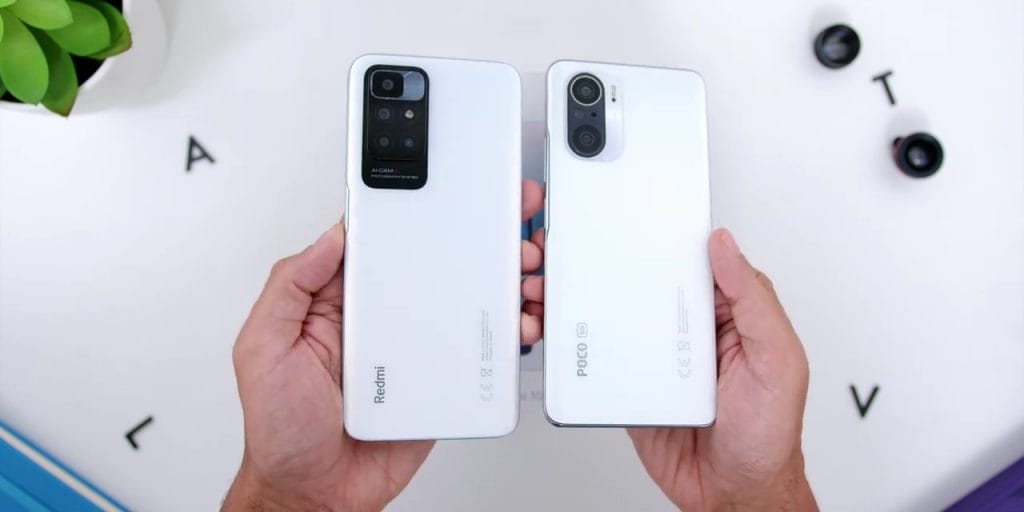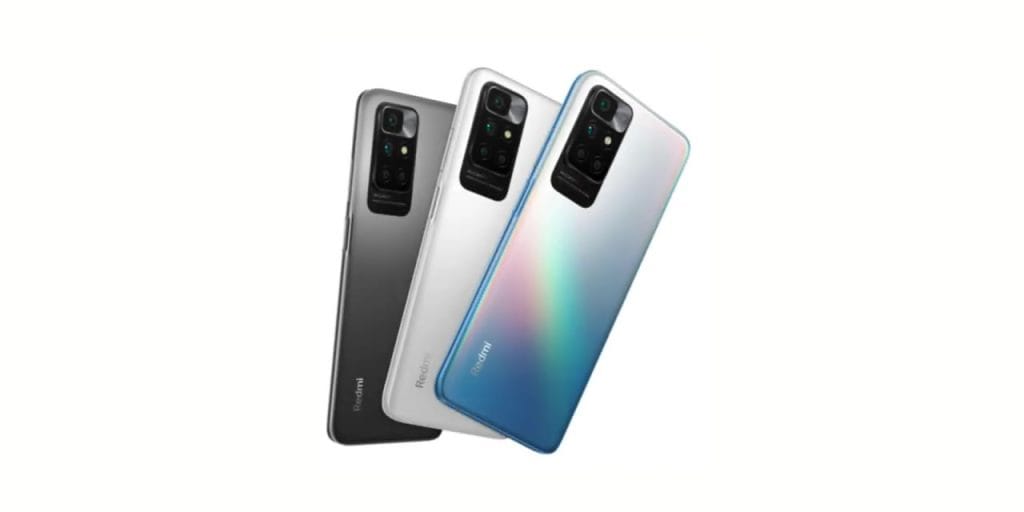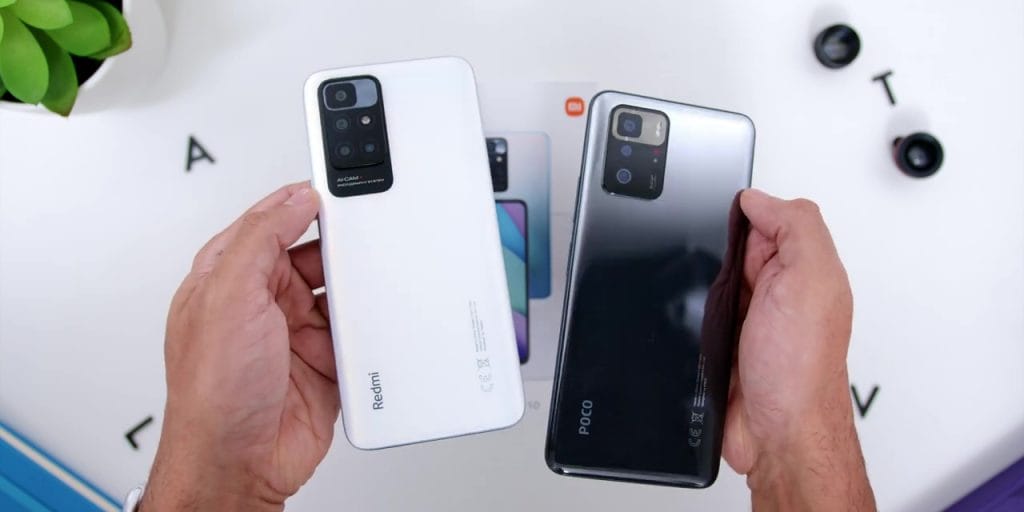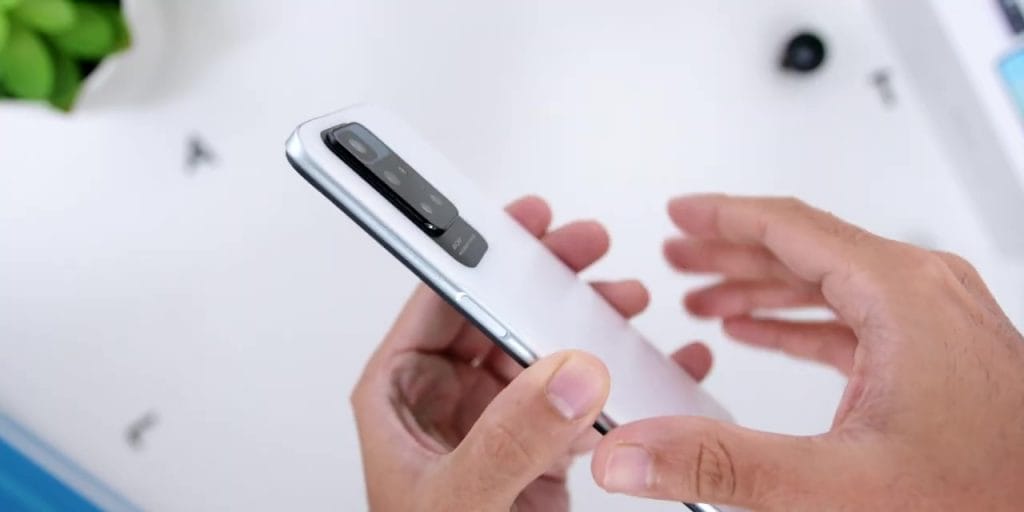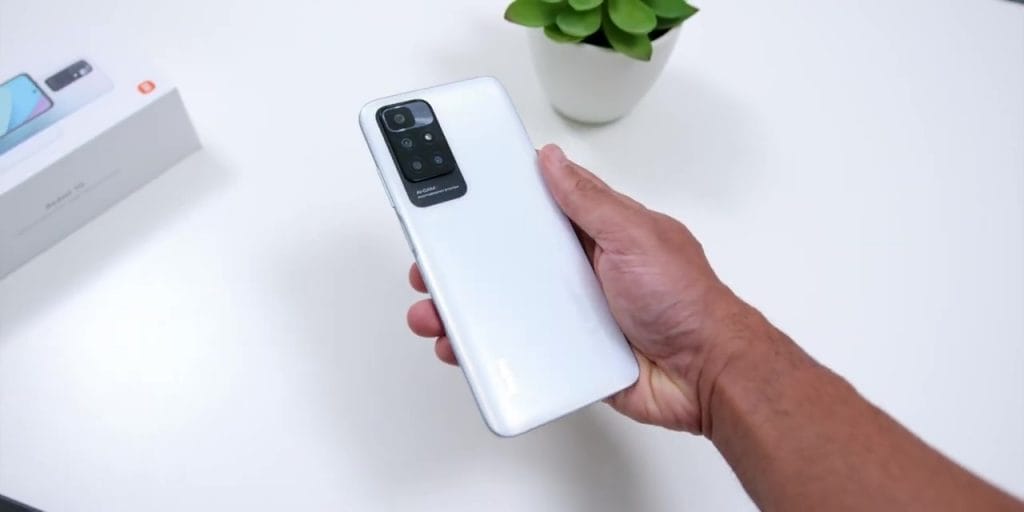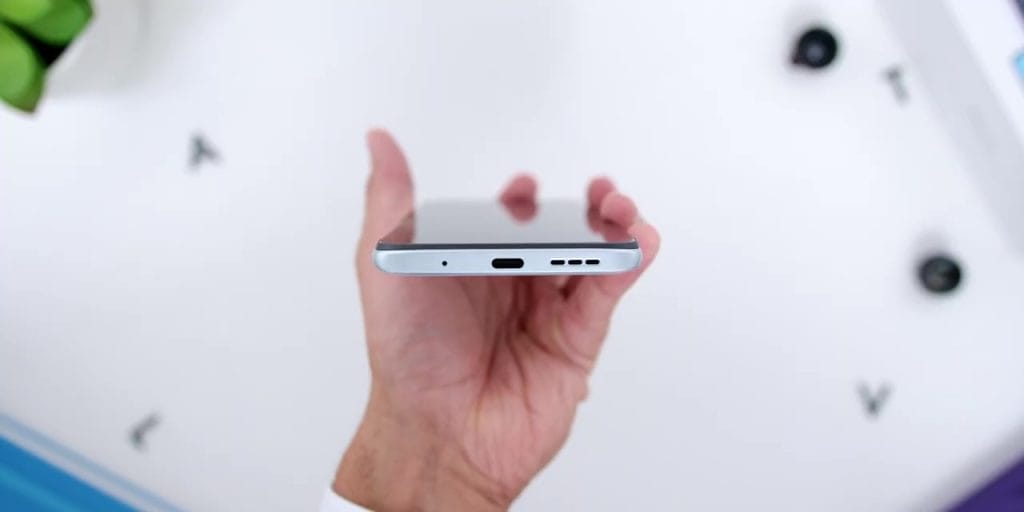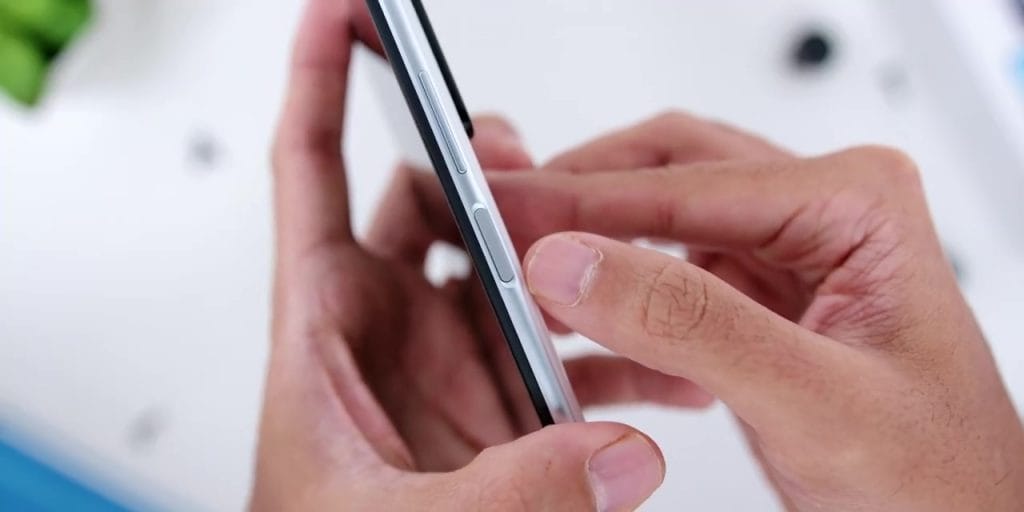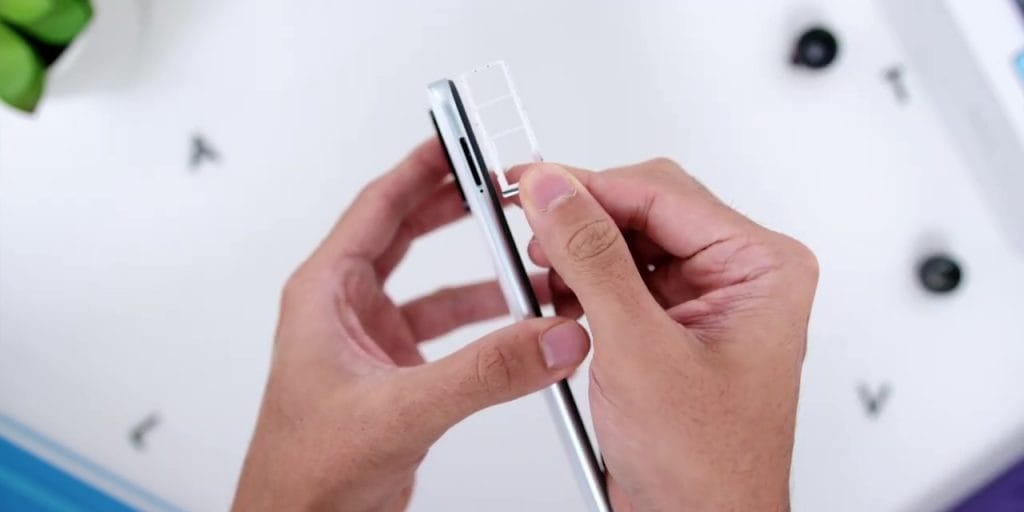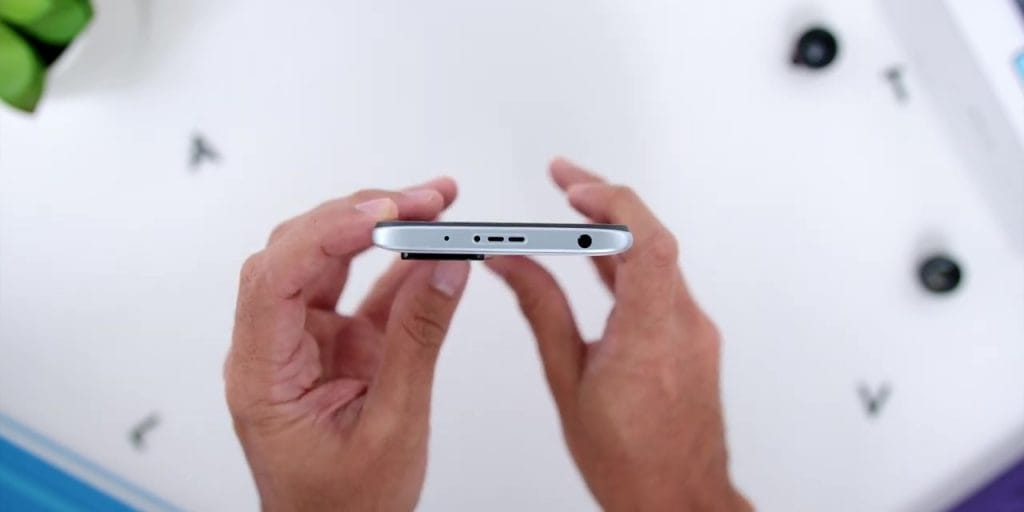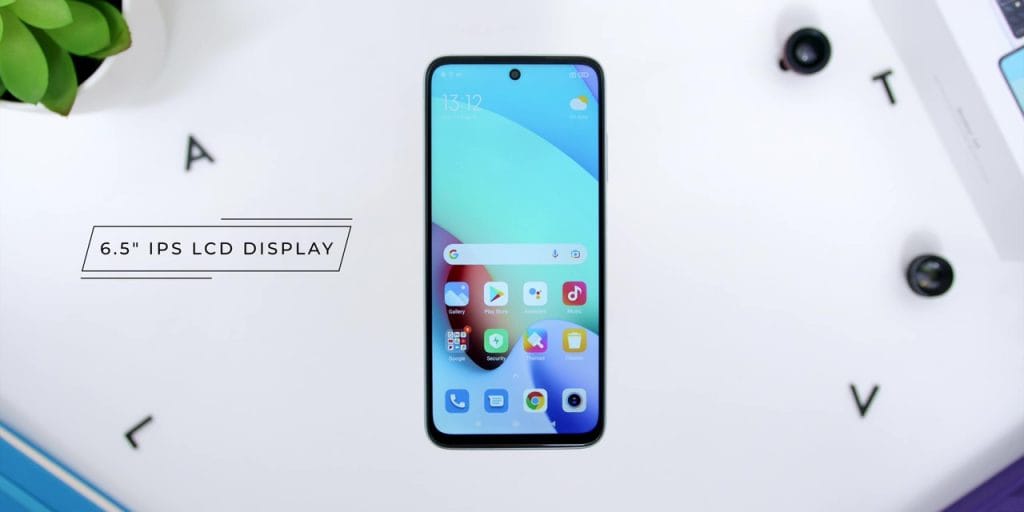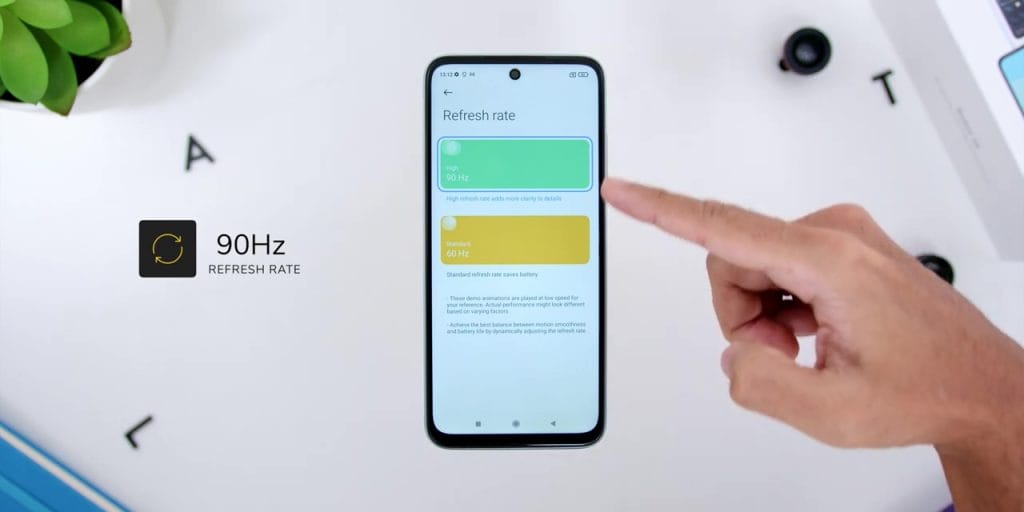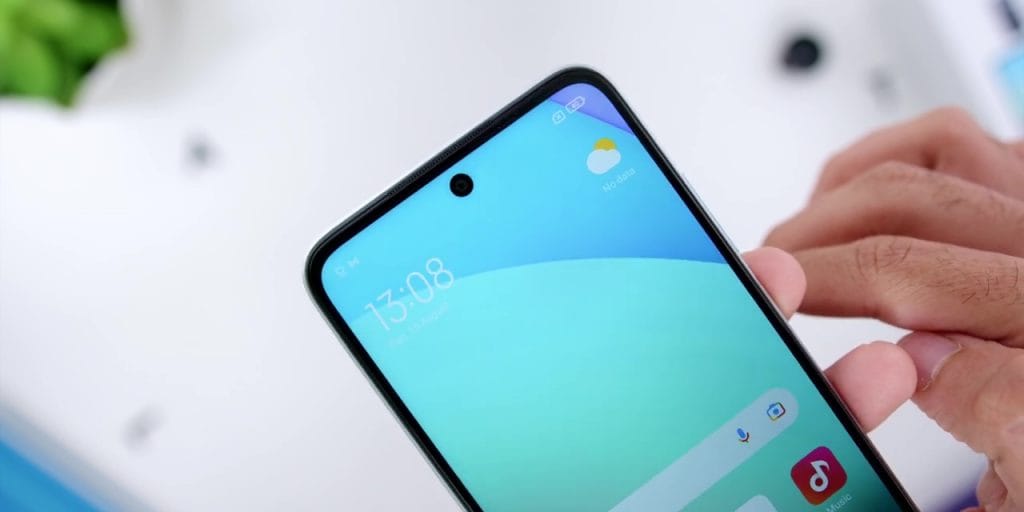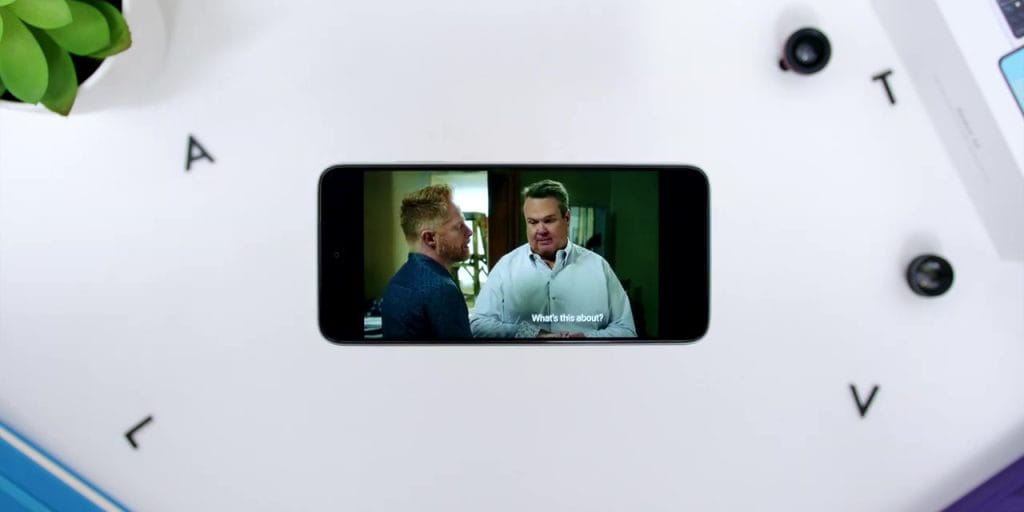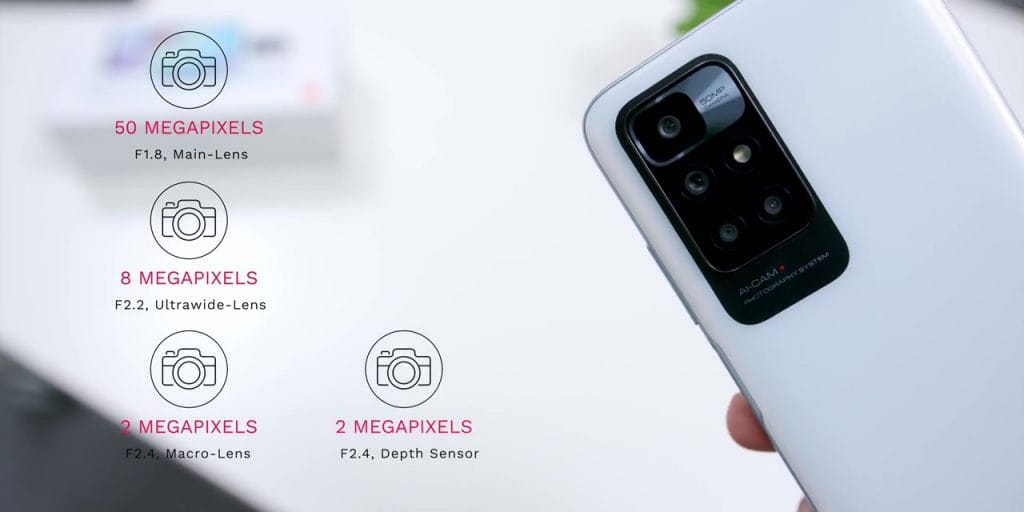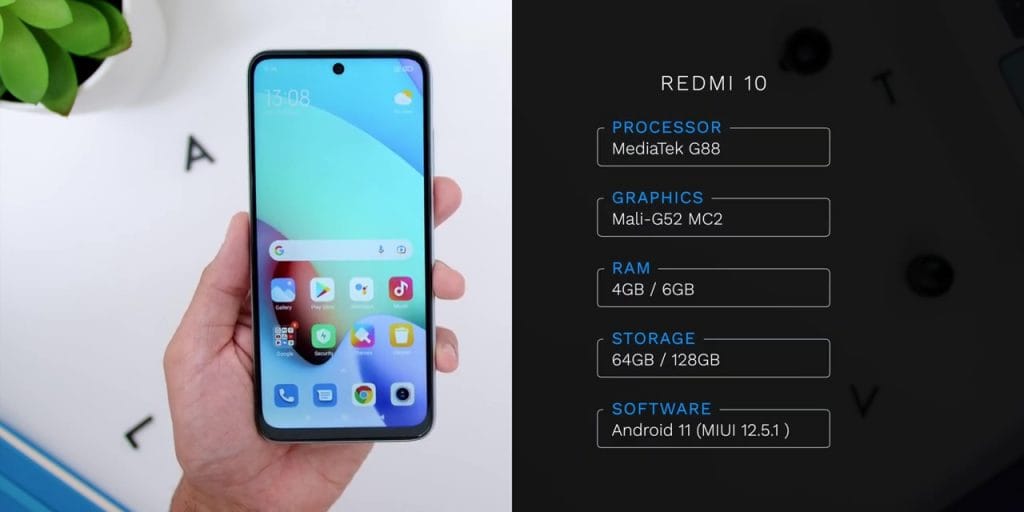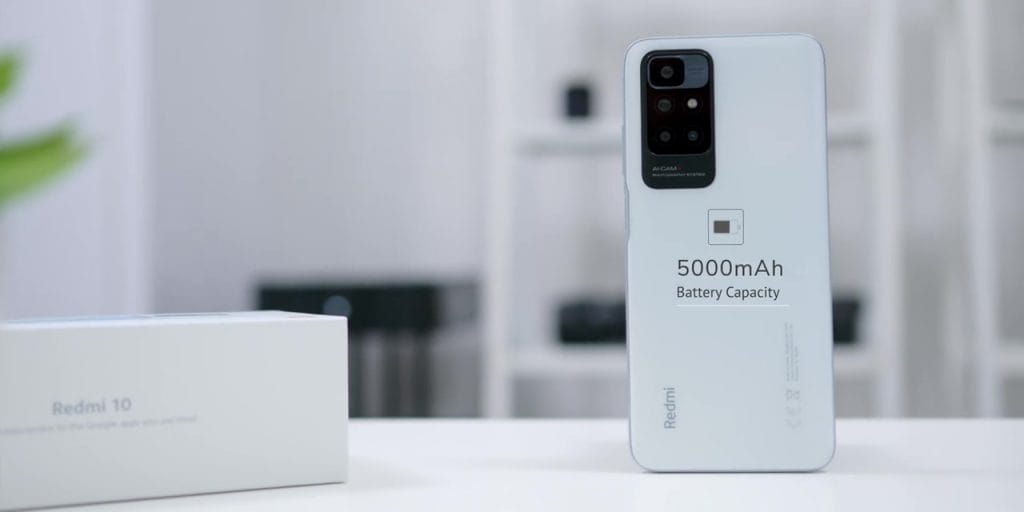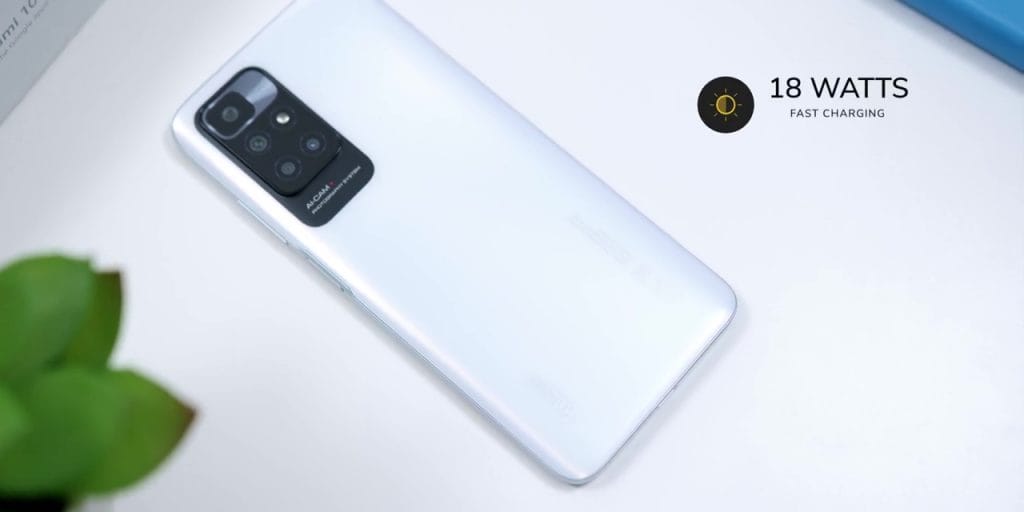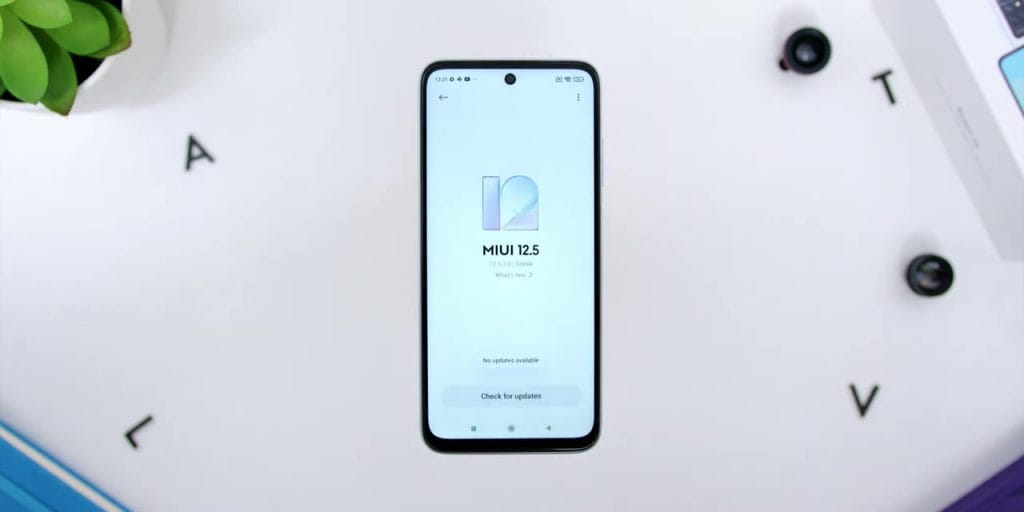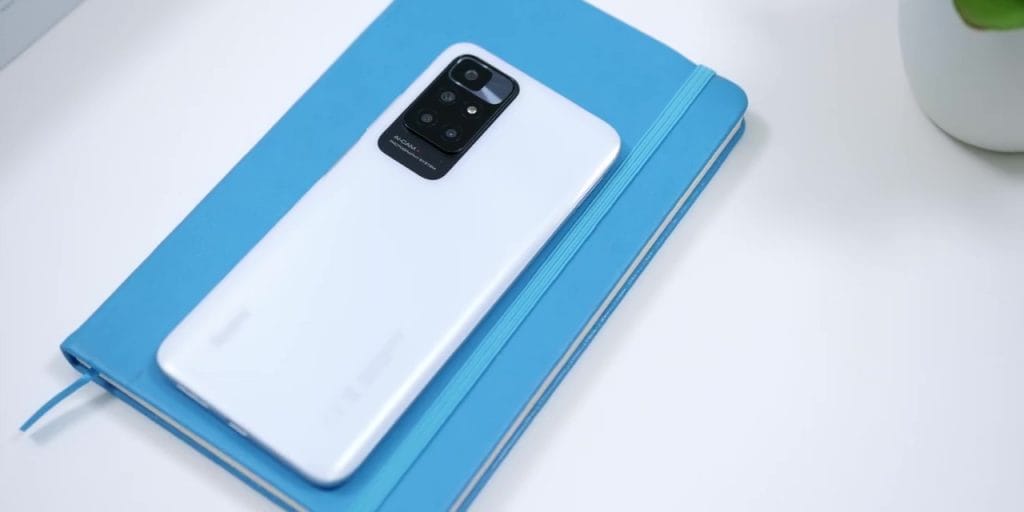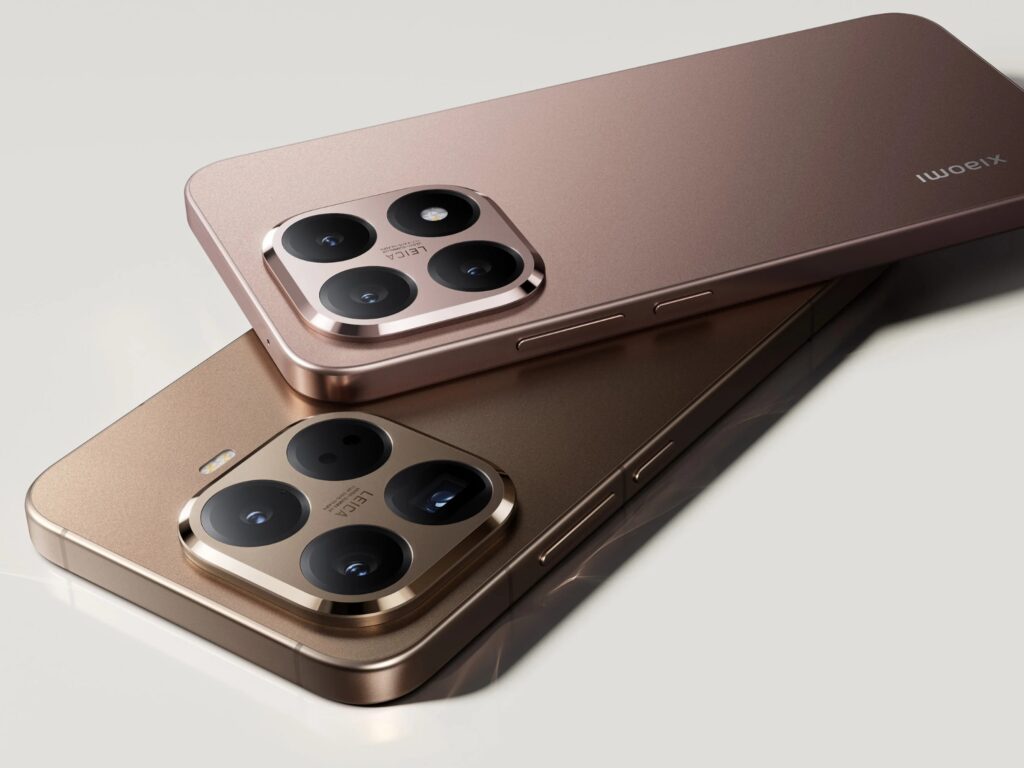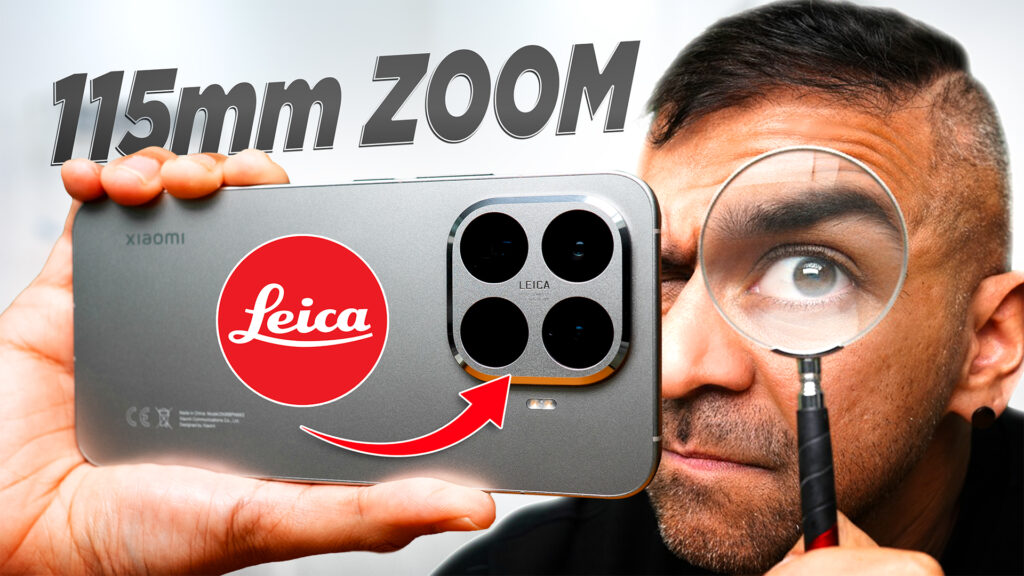In this article, I will be showing you the unboxing and my first impressions of the new Redmi 10.
Unboxing
Starting from the unboxing, the Redmi 10’s box comes in white, with the Mi logo on the top right, the visuals of the phone in the middle, and Redmi 10 down below. Then you will find the color variant, RAM, and storage specs at the side below the box.
Opening the box cover, there will be a smaller white box, where you will find the SIM ejector pin on the outside, the user guide and the soft clear phone case.
Then, you will find the phone itself.
Underneath, there is the USB-A to USB-C cable and the 22.5-watt fast-charging brick.
[easy-image-collage id=4092]
Build
Now looking at the build of the phone, right out of the box, the phone immediately reminded me of the Poco F3.
The Pebble White color looked identical to the Poco F3’s Arctic White finish, which I absolutely loved.
It is also available in Carbon Gray and Sea Blue.
The camera arrays are towards the top left, where the design was very reminiscent of the Poco X3 GT with a medium-sized camera bump, so it will only wobble a bit when you place it on a surface towards the middle right side of the screen.
The sides are also really nice, with a silver matte finish, which I prefer than a typical glossy finish, so that was another plus as well.
Then looking at the ports and buttons, other than the USB-C down below, you will find one of the two dual speaker grills over there.
On the right, there are the volume rockers and the side power button, which also acts as a fingerprint sensor. This side fingerprint sensor button is not too deep like the Xiaomi 10T Pro in terms of the concave style, and it is not too outside like what you see in the POCO F3, but overall it did feel very nice on the hands.
But when it comes to unlocking the device, it seems to be just a tad bit slower than usual, so hopefully there is a software update that could help with that.
Next, on the left, there is the SIM and the microSD card slot expansion, up to 512 GB, and then on top, there is the headphones jack, the second speaker grill and keeping it consistent, the IR Blaster as well.
So overall, the phone was indeed very slick and lightweight and during my first impressions, I will give the phone an A+ for the overall design, build, and how the phone feels in the hands since it does check all of the right boxes for smartphones within this range.
Display
Now looking at the display, the phone has a 6.5-inch IPS LCD DotDisplay, with a resolution of 1080 x 2400 pixels and upon turning on the phone’s screen, I already felt that the IPS LCD screen on Redmi and Poco phones has really improved.
As it seems like the days of IPS LCD screen’s being labeled “not good”, is not the case anymore.
The display refresh rate can be adjusted up to 90Hz and what’s extra neat is that it has the AdaptiveSync display, where it will adjust it according to your usage between 45, 60, and 90 hertz, which in return would give you better battery life as well.
The camera hole punch is in the middle, hence the name DotDisplay, but I personally would have preferred that the hole punch is not that big, but you will get used to it as usual.
Watching YouTube was great on the phone and then the video was also really nice on Netflix since it is Widevine L1 Full HD playback compatible.
Cameras
Now in terms of the camera, the main rear cameras:
- a 50-megapixel f 1.8 aperture
- an 8-megapixel f 2.2 16mm ultra-wide-angle lens
- a 2-megapixel f 2.4 macro lens, and
- a 2-megapixel f 2.4 depth sensor
Then the front camera comes with an 8-megapixel f 2.0 camera.
Based on my quick test shots, the front camera’s pictures were great too both for the regular and the portrait selfie as well, which is nice to know.
So was the rear main camera and the ultrawide lenses as well, which of course I am looking to test these features out further during my full review.
As for the video, the rear camera maxes out at 1080p 30 frames per second and so was the front camera, and while the video quality was great, the image stabilization wasn’t the best.
Specs
Next, looking at the specs of the device, it comes with MediaTek G88, the first smartphone to launch globally to have this chipset, and it also comes equipped with the Mali-G52 MC2 GPU.
And the variant that I have is the 4 gigabytes of RAM and has 64 gigabytes of storage, where there are higher 6 gigabytes RAM and a bigger 128 gigabytes of storage variants as well.
Battery
Then as for battery, the phone has 5000 milliamps of battery, which I am predicting the battery life on the phone will perform well, since there is the adaptive sync display as mentioned earlier, so let’s see how it performs during my further daily usage.
And the phone has fast charging up to 18-watts, where the box comes with a 22.5-watt charger instead and what’s interesting is that there is also a 9-watts reverse wired charging, truly interesting!
In terms of software, the phone comes pre-installed with MIUI 12.5.1, which I shall see how the software performs on this Redmi 10.
—
As of the recording of this video, there was no official price for the phone that has been announced yet here in Malaysia, so stay tuned for that!
So guys, with this, do let me know what you guys would like to know specifically about the Redmi 10 in the comment section below, and either I will reply to your comments directly down there or I might be answering them when I do a full video review on the phone.

